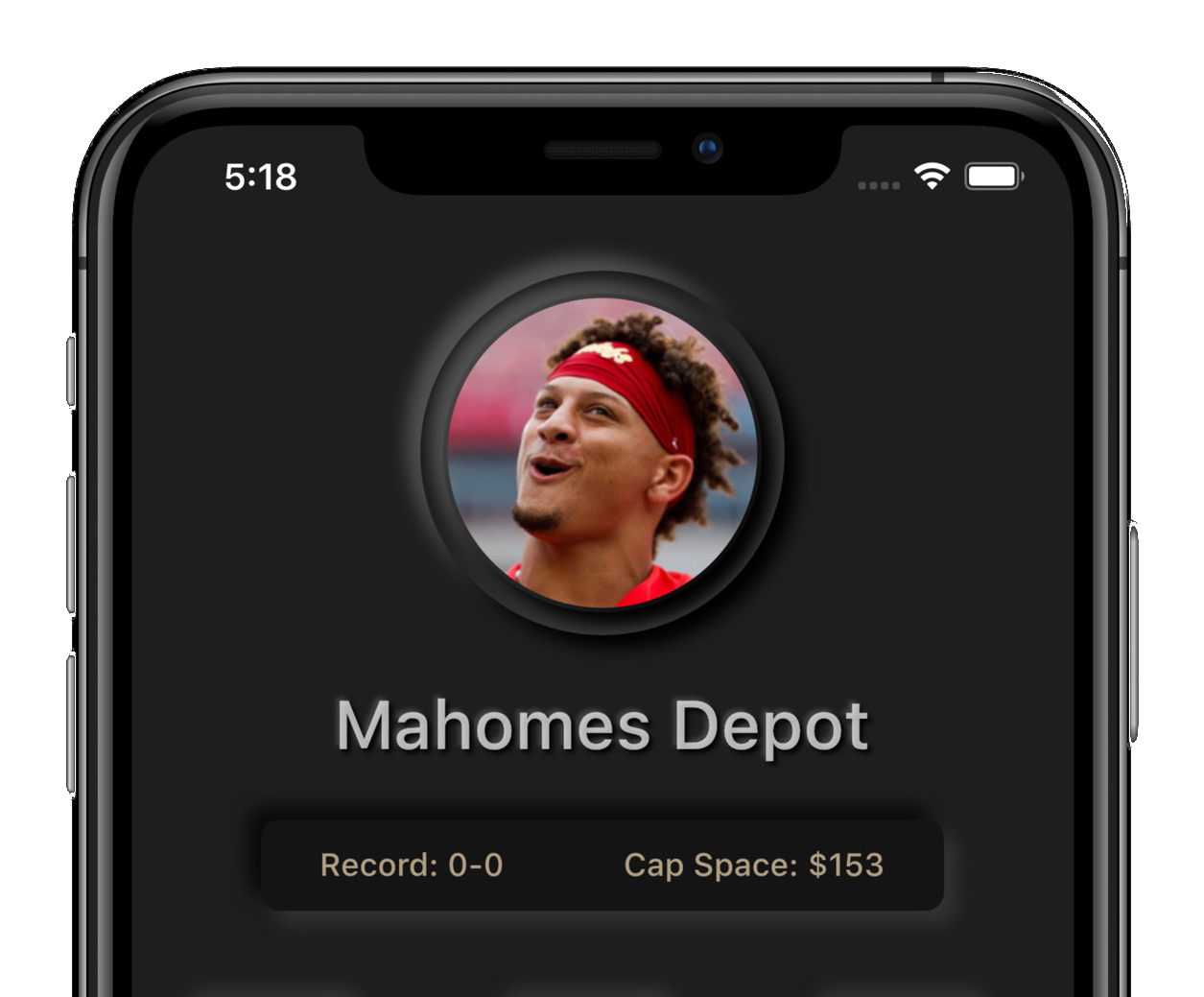Introduction
Dynasty fantasy football is a popular and engaging format that offers a unique challenge to fantasy sports enthusiasts. Unlike traditional redraft leagues, dynasty leagues require long-term planning, deep roster analysis, and a thorough understanding of player development. This comprehensive guide will provide you with proven strategies, essential tips, and winning moves to help you build a dynasty team that dominates your league for years to come.
Whether you’re a seasoned dynasty player or new to the format, this guide has something for everyone. We’ll cover key strategies for drafting, roster management, trading, and navigating the ever-important rookie drafts. Plus, we’ll share insights from some of the most successful dynasty managers in the game.
So, let’s dive in and start building your dynasty!

1. Understanding the Basics of Dynasty Fantasy Football
Before we delve into the nitty-gritty of dynasty strategy, it's essential to understand the core principles of this unique format. In dynasty leagues, you retain the majority of your roster from year to year, with an annual rookie draft to supplement your team. This continuity allows for long-term planning and a more immersive experience.
2. Drafting Strategies
The initial draft in a dynasty league is crucial, as it sets the foundation for your team's long-term success. Here are some key drafting strategies to consider:
- Focus on youth: Young players with high upside are the backbone of a successful dynasty team. Prioritize drafting players who are entering their prime or have yet to reach their full potential.
- Don't overvalue rookies: While rookies can provide immense value in dynasty leagues, it's essential not to overvalue them during the initial draft. Many rookies take time to develop, and their long-term outlook is often uncertain.
- Balance upside and safety: While targeting high-upside players is critical, make sure to balance your roster with proven, reliable veterans who can provide steady production and stability.

3. Roster Management Tips
Once you've built your roster, it's crucial to manage it effectively to maintain long-term success. Here are some roster management tips:
- Assess your team's window: Evaluate your roster to determine if you're in "win-now" mode or if you should focus on rebuilding. This assessment will help guide your roster moves and trades.
- Stay active on the waiver wire: Continually monitor the waiver wire for potential breakout players, especially at the beginning of the season. Adding a valuable asset for free can drastically change your team's outlook.
- Manage your practice squad (taxi squad) effectively: Utilize your practice squad to stash high-upside developmental players who could pay dividends down the road. This strategy allows you to keep your roster stocked with potential future stars without sacrificing immediate production.
4. Mastering Trades in Dynasty Leagues
Trading is a vital aspect of dynasty fantasy football, as it provides an opportunity to improve your roster, both for the present and the future. Keep these tips in mind when approaching trades:
- Know your league's trade market: Understand your league-mates' tendencies and how they value players. This knowledge will help you craft trade offers that are more likely to be accepted.
- Buy low, sell high: Capitalize on market inefficiencies by targeting players whose value is lower than their actual worth and selling players whose value is inflated due to recent performance or hype.
- Consider draft picks: Don't underestimate the value of future draft picks in trades. Acquiring additional picks can provide flexibility in future rookie drafts and serve as valuable trade assets.
- Be patient: In dynasty leagues, it's crucial to be patient when making trades. Don't make hasty decisions based on short-term trends or a few weeks of poor performance.

5. Navigating Rookie Drafts
Rookie drafts are an essential component of dynasty leagues, providing a yearly influx of talent and potential to your roster. To maximize your rookie draft success, consider these tips:
- Do your research: The more you know about the incoming rookie class, the better prepared you'll be to make informed decisions on draft day. Familiarize yourself with the top prospects, sleepers, and potential busts by reading scouting reports, watching game film, and analyzing college production.
- Prioritize positions of need: While it's important to draft the best player available, consider your roster's positional needs when making your selections. A balanced roster is critical for long-term success in dynasty leagues.
- Be open to trading: Rookie drafts are a prime opportunity to make trades, as the value of draft picks is often at its highest. Be open to trading picks for proven assets or to move up/down in the draft to target specific players.
6. In-Season and Off-Season Strategy
To maintain long-term success in dynasty leagues, it's important to have a strategy for both the in-season and off-season periods:
- In-Season: Monitor player performances, injury news, and depth chart changes to identify waiver wire targets and potential trade opportunities. Stay active and engaged to maintain a competitive edge over your league-mates.
- Off-Season: Use the off-season to reassess your roster, conduct research on incoming rookies, and explore potential trades. Stay informed on NFL news, including coaching changes, free agency, and the NFL draft, as these events can significantly impact player values.
7. Dynasty League Problems & Solutions
Dynasty leagues often face high turnover and struggle to retain interest due to three main issues:
- Poor teams remain uncompetitive for years, causing disinterest.
- Limited player turnover reduces enjoyment.
- Despite increased strategy, there's less to do compared to standard leagues.
How Contract Leagues address these problems:
- Teams can recover faster as contracts expire, salaries increase, and cap space runs out. Bad teams also gain favorable rookie draft positions.
- Players become available for drafting after their contracts expire, offering strategic roster turnover.
- Contract leagues provide more decisions, such as contract lengths, extensions, franchise tags, cap space, and rookie draft picks.

8. Starting a Contract Dynasty League
If you create a league on League Tycoon The defaults for new leagues are optimized for providing the most engaging and immersive dynasty league. Even brand new players will pick it up right away. Your league will know exactly what they need to do, and what their options are, without you having to constantly remind them.
If you create a contract league on another site you will have a lot of decisions to make before starting your league. You will also be forced to manually update any actions that aren't supported by the site.
You can check out our How-To-Play section for a full list of items to consider.
This is the very reason why League Tycoon was created. Everyone should be able to start an optimal dynasty league in minutes. The functionality for your league should be managed by the app and not rely on you to manually perform actions to make the league work.
Conclusion
Mastering dynasty fantasy football requires a mix of strategic drafting, effective roster management, shrewd trading, and successful rookie draft navigation. By following the strategies and tips outlined in this guide, you'll be well on your way to building a dynasty team that dominates your league for years to come.
Remember that patience and long-term planning are essential in dynasty formats, so stay engaged and committed to making informed decisions that will benefit your team in the long run. With dedication and the right approach, you can create a dynasty fantasy football team that will be the envy of your league for seasons to come.
For further dynasty resources and insights, be sure to check out these sites:
Now go forth and conquer your dynasty league!









